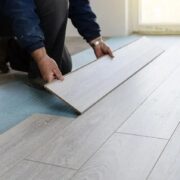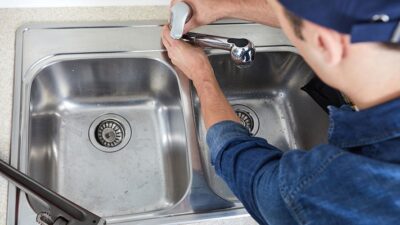In the modern era, where accessibility and comfort are paramount, small lifts for homes have become increasingly popular among Singapore homeowners. These compact and efficient lifting solutions are designed to provide easy vertical transportation within residential properties, making life more convenient for elderly individuals, those with limited mobility, and anyone who seeks to add a touch of luxury to their living space. In this article, we will explore what small lifts for homes are, how they work, the benefits of installing one, important considerations before making a purchase, the different types suitable for Singapore homes, and the maintenance and care required to keep them in optimal condition.
What are Small Lifts for Home?
Small lifts for homes, also known as residential lifts or home elevators, are compact vertical transportation devices designed specifically for use in private residences. These lifts are smaller in size compared to commercial elevators and are tailored to fit seamlessly into the architecture and aesthetic of a home. They provide a safe and convenient way for individuals to move between floors, eliminating the need to navigate stairs.
How do Small Lifts for Home Work?
Small lifts for homes operate using a combination of mechanical and electrical components. Most residential lifts are powered by an electric motor that drives a cable or hydraulic system to raise and lower the lift car. The car is typically enclosed within a shaft or a self-supporting structure, depending on the type of lift and the home’s layout.
Users can control the lift using simple push buttons or touch screens located inside the car and on each floor. Safety features such as emergency stop buttons, automatic braking systems, and door interlocks ensure the safe operation of the lift at all times.
Benefits of Getting Small Lifts for Home
Installing a small lift in your home offers numerous benefits, including:
- Improved accessibility: Small lifts provide a convenient and safe way for elderly individuals or those with limited mobility to navigate between floors, ensuring that all areas of the home remain accessible.
- Enhanced comfort: With a small lift, you can avoid the strain and effort of climbing stairs, making your daily life more comfortable and less physically demanding.
- Increased property value: Installing a small lift can add value to your home, as it is an attractive feature for potential buyers, particularly those looking for a property that caters to their long-term needs.
- Versatile use: Small lifts can be used to transport not only people but also groceries, laundry, or furniture between floors, making everyday tasks more manageable.
Things to Know About Small Lifts for Home Before Getting One
Before investing in a small lift for your home, consider the following factors:
- Building regulations: Ensure that your home lift installation complies with Singapore’s building codes and safety regulations. Engage a professional to assess the feasibility of installation in your residence.
- Space requirements: Consider the available space in your home and choose a lift size and configuration that fits seamlessly without compromising on living areas or aesthetics.
- Load capacity: Determine the maximum weight capacity required for your lift based on the intended users and any additional items that may be transported.
- Power supply: Ensure that your home has the necessary electrical infrastructure to support the lift’s power requirements.
Different Types of Small Lifts Suitable for Singapore Homes
There are several types of small lifts that are well-suited for Singapore homes:
- Hydraulic lifts: These lifts use a hydraulic piston to raise and lower the car. They are compact, smooth, and quiet, making them ideal for homes with limited space.
- Traction lifts: Traction lifts use a cable system to move the car and are suitable for homes with multiple floors. They offer a range of customization options to match your interior design.
- Pneumatic lifts: Because they don’t need a separate machine room, these lifts are renowned for their easy installation and space-saving design, which uses air pressure to move the automobile.
- Platform lifts: Platform lifts are designed for short vertical distances and are often used to provide accessibility between split-level floors or to navigate a few steps.
Maintenance and Care for Small Lifts for Home
To ensure the longevity, safety, and optimal performance of your small home lift, regular maintenance and care are essential:
- Schedule regular servicing: Engage a professional lift maintenance company to conduct periodic servicing and inspections as recommended by the manufacturer.
- Keep the lift clean: Regularly clean the lift car, doors, and controls to prevent the buildup of dust and debris that can affect the lift’s performance.
- Address any issues promptly: If you notice any unusual noises, vibrations, or malfunctions, contact a professional immediately to diagnose and resolve the problem.
- Educate users: Ensure that all users of the lift are familiar with its proper operation and safety features to prevent accidents or misuse.
Conclusion
Small lifts for homes are a game-changer for Singapore homeowners seeking to enhance accessibility, comfort, and convenience within their residences. By understanding the benefits, considerations, and maintenance requirements associated with these lifts, you can make an informed decision when selecting the perfect solution for your home. With the right small lift in place, you can enjoy the ease and luxury of effortless vertical transportation, making your living space more adaptable to your changing needs over time.










Comments